Taoism’s BIZARRE View of Greatness
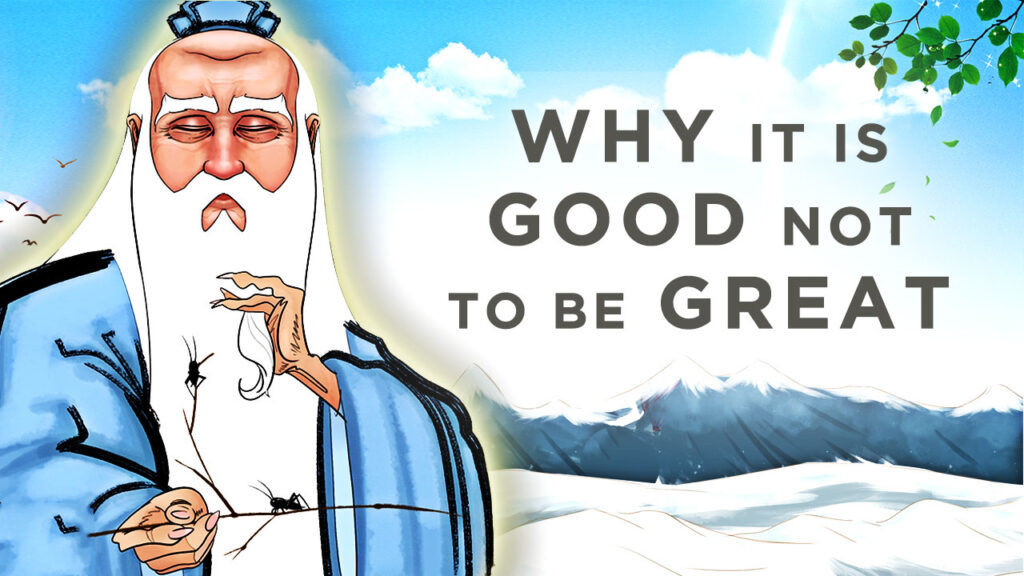
In this podcast, we will explain Taoism’s bizarre view of greatness. This is the thirty-fourth episode of the 81 Meditations of the Tao Te Ching, a series where we explore each chapter of the Tao Te Ching. We will dissect chapter thirty-four of the Tao Te Ching to give you ultimate clarity on the meaning of this chapter. NOTE: This site directs people to Amazon and is an Amazon Associate member. As an Amazon Associate I earn from qualifying purchases, at no additional cost to you. The pages on this website may contain affiliate links, which means I may receive a commission if you click a link and purchase something that I have recommended. This goes a tiny way towards defraying the costs of maintaining this site.
The Dark Side of Belief – Why It’s Holding You Back on Your Spiritual Journey
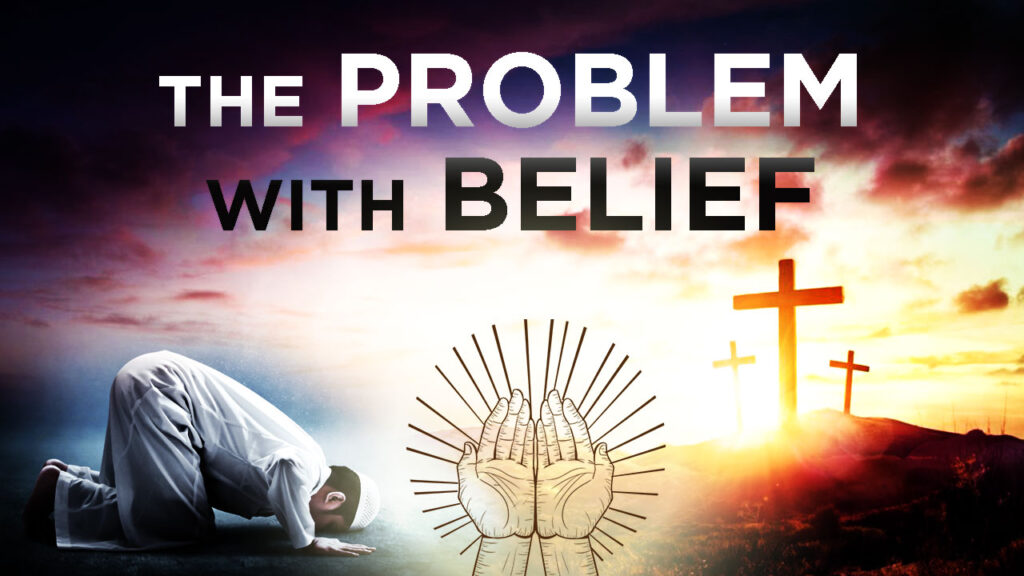
In this episode of Ask Jason, I will explain why belief, and even faith itself, can be an obstacle on the spiritual path. Too often we misinterpret belief and faith for a real trust in the process of the universe, as reflected in our own lives. NOTE: This site directs people to Amazon and is an Amazon Associate member. As an Amazon Associate I earn from qualifying purchases, at no additional cost to you. The pages on this website may contain affiliate links, which means I may receive a commission if you click a link and purchase something that I have recommended. This goes a tiny way towards defraying the costs of maintaining this site.
Unlocking the Paradox of Ignorance After Enlightenment: Ashtavakra Gita’s Hidden Teachings
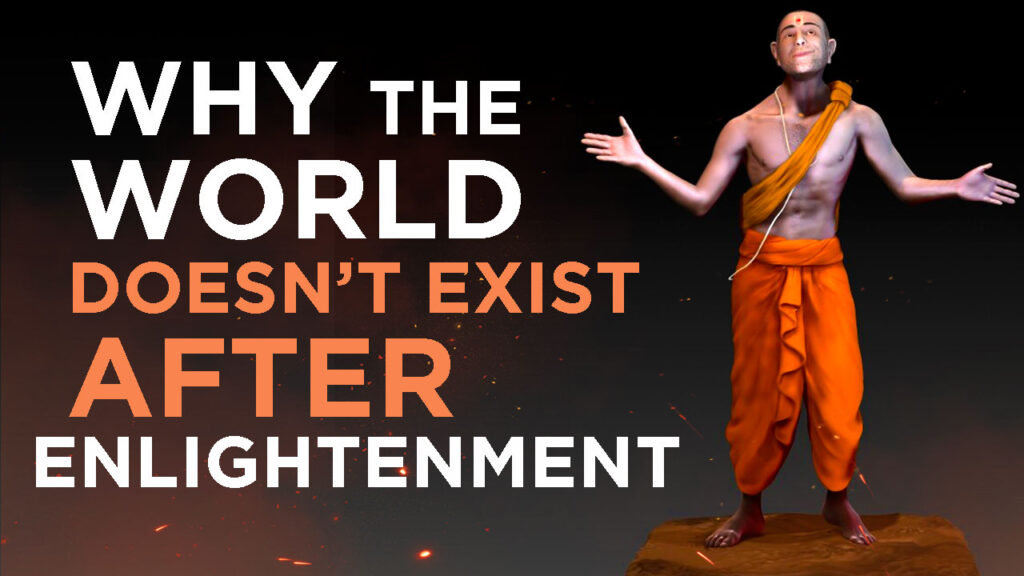
The paradox of ignorance is a realization reserved for a great master after they have stepped beyond the pale of enlightenment. But what have they been ignorant of? And what should they actively ignore? In this episode of The Sacred Word, I will explain an important verse from the Ashtavakra Gita, a text one is ready to assimilate after enlightenment. The Ashtavakra Gita is for those to absorb oneself in the presence of the Ultimate Reality after awakening. NOTE: This site directs people to Amazon and is an Amazon Associate member. As an Amazon Associate I earn from qualifying purchases, at no additional cost to you. The pages on this website may contain affiliate links, which means I may receive a commission if you click a link and purchase something that I have recommended. This goes a tiny way towards defraying the costs of maintaining this site.
Shankara vs. Swami Vivekananda: The Ultimate Showdown of Spiritual Giants

In this episode of Enlightenment Today, I will explain the greatest debate of all time between Shankara and Swami Vivekananda on the nature of the nondual reality of existence. NOTE: This site directs people to Amazon and is an Amazon Associate member. As an Amazon Associate I earn from qualifying purchases, at no additional cost to you. The pages on this website may contain affiliate links, which means I may receive a commission if you click a link and purchase something that I have recommended. This goes a tiny way towards defraying the costs of maintaining this site.
Footsteps of the Himalayan Yogi Nepal Tour 2024
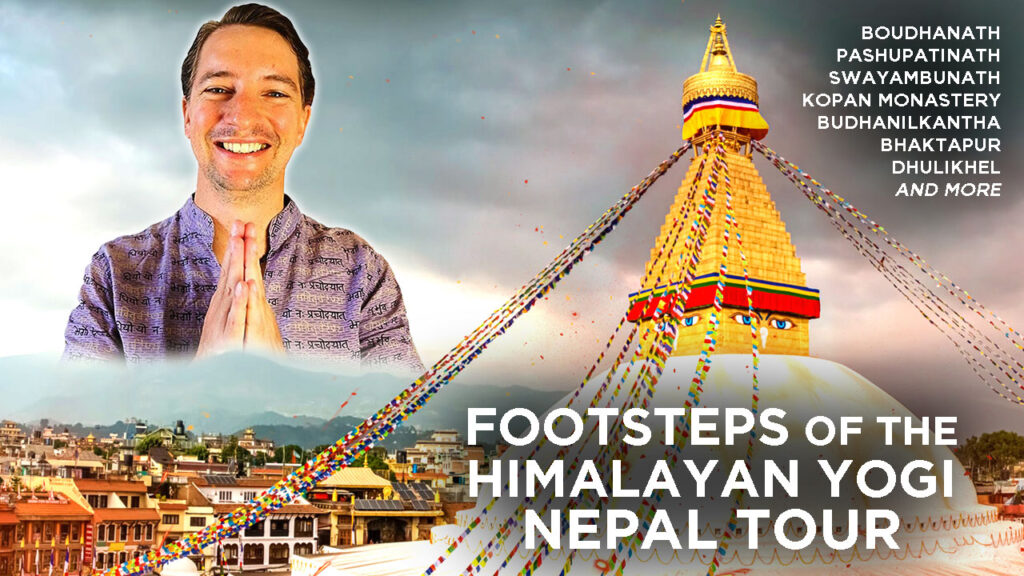
FOOTSTEPS OF THE HIMALAYAN YOGI NEPAL TOUR THE SACRED YATRA EXPERIENCE with Jason Gregory NOVEMBER 2024 The Sacred Yatra Experience is the ultimate pilgrimage of the spiritual traditions of Asia. The Footsteps of the Himalayan Yogi Nepal Tour is one of the most unique travel experiences in the world. You can travel with author, philosopher, and teacher Jason Gregory on a mystical tour of Nepal to explore and trace the footsteps of the Himalayan Yogi. Get unique insights into Jason’s knowledge of the East and the memory of the masters and scared places you will visit. Jason wishes to take people to the most sacred places in the sacred Kathmandu valley to show that the ancient Hindu and Buddhist cultures are thriving. But this can only be experienced by those willing to join him on this pilgrimage of the heart. 1. About our tour to Nepal Our 10-day itinerary includes visits to the most breathtakingly beautiful and mystical places in Nepal. We will travel through Nepal to visit the most important sacred places in Nepalese history. Most people never get the chance to experience face-to-face the archaic origins and sacred sites of Nepal’s spiritual culture. But on this journey, you will get a once in a lifetime opportunity to actually feel the ancient living spiritual culture that is still thriving in the sacred places you will visit. You will also get the chance to meet real-life mystics and mingle with the beautiful people of Nepal. What is more, during the tour you will take part in private discourses given by Jason Gregory. He will show you the significance of how the great Eastern spiritual traditions can help you live more harmoniously in the modern world. You will begin to understand the deep wisdom the mystics of the East expounded for you to find true happiness and fulfilment in this life. And this is the reason for joining Jason Gregory on his tour of Nepal to follow in the Footsteps of the Himalayan Yogi. This is a once-in-a-life-time experience! 2. ITINERARY Day 1 – Arrival to Kathmandu (November 12, 2024) Arrival at Tribhuvan International Airport in Kathmandu. A representative of the tour team will welcome guests at the Tribhuvan International Airport and transport them to the hotel. After the check-in process at the hotel, guests will have time to rest and recuperate while all guests arrive at the hotel. Day 2 – Boudhanath & Pashupatinath Temple (November 13, 2024) On day 2, we will explore two of the most sacred sites for Buddhists and Hindus in the Kathmandu Valley. In the morning, we will visit Boudhanath, one of the largest spherical stupas in the world because of its massive mandala. The Boudhanath Stupa is a sacred place of pilgrimage for Buddhists. We will circumambulate the stupa many times in meditation. Later, we will enjoy all the wonderful shops and culture that are thriving in Boudhanath. In the late afternoon, we will visit the famous Pashupatinath Temple located along the Bagmati River. This is a very sacred temple for Hindus and is considered the most sacred place in Nepal. The temple serves as the seat of Nepal’s national deity, Pashupati, who is an incarnation of the Hindu god Shiva. We will explore the temple complex, visiting the ritual cremation ghats and the many sadhus along the banks of the Bagmati River. In the early evening, we will attend the Pashupatinath Bagmati Aarti, a sacred Hindu ritual performed along the banks of the Bagmati River. Day 3 – Bhaktapur Durbar Square (November 14, 2024) On day 3, we will travel to the ancient city of Bhaktapur and visit the famous Bhaktapur Durbar Square. Bhaktapur is the largest of the three Newar kingdoms; the other two kingdoms are Kathmandu and Patan. All three are home to a Durbar Square (royal palace), but Bhaktapur’s Durbar Square is the most impressive. It actually consists of four distinct squares (Durbar Square, Taumadhi Square, Dattatreya Square, and Pottery Square). It has Hindu and Buddhist iconography scattered all throughout the complex. We will explore this ancient complex all throughout the day. Day 4 – Kopan Monastery & Pullahari Monastery (November 15, 2024) In the morning, we will travel to the Kopan Monastery. This monastery is a famous place for retreat for Tibetan Buddhists and is very popular with the locals. We will explore the monastery grounds and meditate in the temple in the morning. After lunch at Kopan Monastery, we will walk up to Pullahari Monastery. This monastery is one of the most peaceful places in the Kathmandu Valley. It’s not as well known as Kopan Monastery, which makes it a lot more quiet and conducive for meditation. It is a hidden gem in the Kathmandu Valley. Day 5 – Swayambunath & Budhanilkantha Temple (November 16, 2024) On day 5, early in the morning, we will go to the Swayambunath Stupa. This stupa is picturesque as it sits atop a hill in the Kathmandu Valley. Swayambunath is second only to Boudhanath for Tibetan Buddhists, though it is one of Jason’s favorite stupas in the world. On top of this hill, you get a wonderful view of the Kathmandu Valley. We will also circumambulate the foot of the hill, which is lined with prayer wheels for meditation. Along our circumambulation, we will arrive at the Buddhist trinity statues of Amitabha Buddha, Avalokitesvara (Guanyin), and Padmasambhava (Guru Rinpoche), where we will meditate. Later in the morning, we will visit the Budhanilkantha Temple. Located in Budhanilkantha, Budhanilkantha Temple is a Hindu open-air temple dedicated to Lord Mahavishnu. Budhanilkantha Temple is also known as Narayanthan Temple and is famous for a large reclining statue of Lord Mahavishnu. After lunch, we will visit Nagi Gompa Hermitage, where the great Dzogchen master, Tulku Urgyen Rinpoche, spent 33 years of his life, including two decades in retreat. We will explore the hermitage and meditate over the clear view of the Kathmandu Valley from the north to the south. Day 6 – Kailashnath Mahadev and Travel
The Paradox of Happiness in the GREATEST Spiritual Story Ever Told
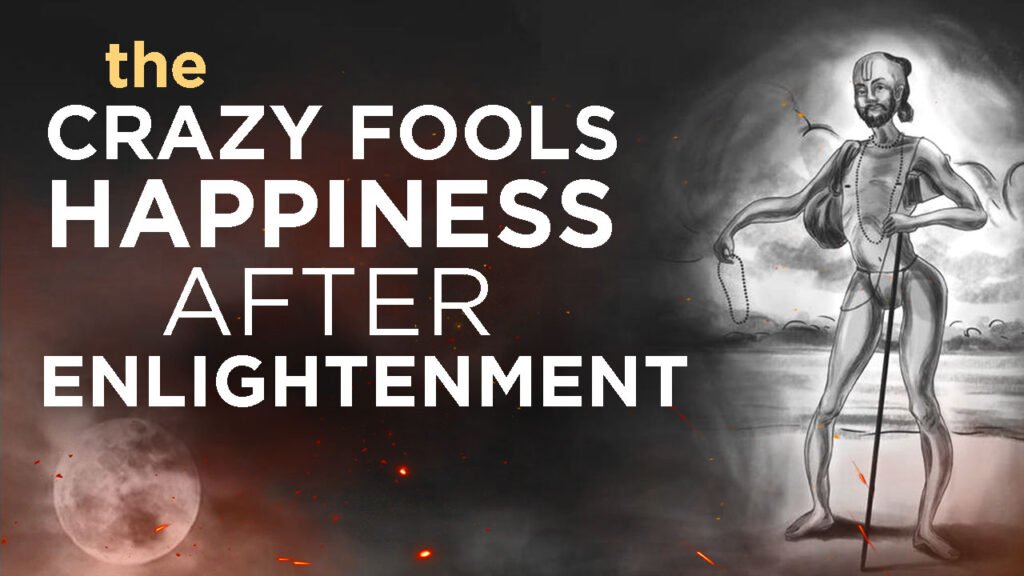
The paradox of happiness is a realization reserved for a great master after they have stepped beyond the pale of enlightenment. What is this happiness? In this episode of The Sacred Word, I will explain an important verse from the Ashtavakra Gita, a text one is ready to assimilate after enlightenment. The Ashtavakra Gita is for those to absorb oneself in the presence of the Ultimate Reality after awakening. NOTE: This site directs people to Amazon and is an Amazon Associate member. As an Amazon Associate I earn from qualifying purchases, at no additional cost to you. The pages on this website may contain affiliate links, which means I may receive a commission if you click a link and purchase something that I have recommended. This goes a tiny way towards defraying the costs of maintaining this site.
Digital Addiction and Smartphone-Related Youth Suicide | Book Excerpt

Digital Addiction and Smartphone-Related Youth Suicide | Book Excerpt To understand the widespread disease of digital addiction, we have to differentiate between behavioral and substance addictions. A substance addiction to alcohol or drugs (or any substance with psychoactive compounds) can directly change your brain chemistry, leading to a vicious dependency on a substance. Substance addiction was the only form of addiction considered until recent studies suggested otherwise. Appearing in the American Journal of Drug and Alcohol Abuse was an important survey paper in 2010 that concludes, “growing evidence suggests that behavioral addictions resemble substance addictions in many domains.” We have to, as a result of such research, reframe our understanding of addiction to include both behavioral and substance addiction. Psychologists give us a clearer representation of how addictions should be understood: Addiction is a condition in which a person engages in use of a substance or in a behavior for which the rewarding effects provide a compelling incentive to repeatedly pursue the behavior despite detrimental consequences. Yet to be clear, behavioral addictions are extremely moderate compared to strong chemical dependences people have for substances such as alcohol or drugs. Addictions to digital technology and substances are different. For example, if someone quits social media, they won’t suffer the same withdrawal symptoms as someone with a strong chemical dependency. Nevertheless, behavioral addictions are quite detrimental to your health and well-being. Someone with a behavioral addiction will feel helpless when checking your social media is only a tap of the screen away. It’s just too hard to resist for most people. We are like a rabbit with a carrot dangling in front of it, we just can’t resist the urge to try and get it. As I mentioned, positive reinforcement and social approval are evolutionary behaviors that are hard to kick. So, checking how many likes you got on a Facebook post is like getting a hit from a drug, however, it’s not a substance we’re addicted to but rather a behavioral pattern. We constantly check social media to see how we are faring in our “apparent” worth to others (most of whom you likely don’t know). We want to stay relevant and feel like we are needed by others. This seems to be a cup that is never full, it’s never capable of satisfying you completely. But we constantly post and then anxiously monitor our social media accounts awaiting likes and retweets, and sometimes they never come. As a result, social media is more about vanity metrics than anything else, as we lean into those behavioral tendencies of positive reinforcement and social approval which the social media networks are exploiting. We are addicted to this feedback loop. We are gambling every time we post, but we aren’t spending our money as we do with a slot machine, but instead our precious time and attention. The constancy of this feedback loop is dangerous for our health and sanity. It causes a lot of psychological problems that can threaten our life. The Debt is Suicide Suicide rates in general have increased a lot in recent years, where an estimated one million people worldwide die by suicide every year (in the last 45 years suicide rates have increased 60%). Especially with our youth. The main cause of suicide is mental illness, very commonly depression. And it’s no surprise that rates in depression and self-harm are all up and it seems that it is hard to categorically point to one reason. But we might be a little too kind in our assessment. Social psychologist Jonathan Haidt believes the main culprit is social media. Haidt explained on Joe Rogan’s podcast that there is evidence of this with the exponential growth in major depressive episodes, psychological disorders, and nonfatal self-harm for young boys and girls, especially girls. The increase in rates are alarming. Haidt explains (for young people in America, Canada, and the UK) that the rates of depression and anxiety on average were fairly stable throughout the 90s and early 2000s. Haidt explains, “The percentage of kids aged 12 to 17 in America who met the criteria for having a major depressive episode… the rate for boys is around 5% and then around 2011 it starts going up and now it’s around 7%.” This is a substantial increase since the graph (Figure 7.1) Haidt was explaining only goes up to 2016, so 2% in five years is worrisome. But this is nothing compared to the increase with girls. Haidt explains, “The line for girls starts off higher because girls have more mood disorders, more anxiety and depression. Boys have more antisocial behavior, alcoholism, crime and violence… Girls basically make themselves miserable, boys make other people miserable.” He continues, “The girls’ rate is higher but it was stable from 2005 through 2010 and then right around 2011 and 2012 it starts going up, and it goes way up to the point where it goes up from about 12% to now about 20% of American teenage girls have had a major depressive episode in the last year, 1 in 5 [girls].” Figure 7.1 Data from Higher Education Research Institute (Figure 7.2) asked college men and women, do you have a psychological disorder (depression, etc.)? For the people who answered yes, the rates from 2010 to 2012 were low when it was millennials (Gen Y/ Generation Y): college men were on average 2-3%, while college women were about 5-6%. But then as iGen (Gen Z/Generation Z born in 1995 and after) began arriving at college in 2013, the rates began to skyrocket. From 2012 to 2016 men went from 2-3% to 6% and women went from 5-6% to a staggering 15% in a space of only four years. By 2016, college is almost all iGen’ers. This is extremely concerning considering the future of our world. Figure 7.2 But there is another alarming and
Taoism’s Paradoxical Path of Power and Enlightenment

In this podcast, we will explain Taoism’s paradoxical path of power and enlightenment. This is the thirty-third episode of the 81 Meditations of the Tao Te Ching, a series where we explore each chapter of the Tao Te Ching. We will dissect chapter thirty-three of the Tao Te Ching to give you ultimate clarity on the meaning of this chapter. NOTE: This site directs people to Amazon and is an Amazon Associate member. As an Amazon Associate I earn from qualifying purchases, at no additional cost to you. The pages on this website may contain affiliate links, which means I may receive a commission if you click a link and purchase something that I have recommended. This goes a tiny way towards defraying the costs of maintaining this site.
The Most SHOCKING Spiritual Story Ever Told
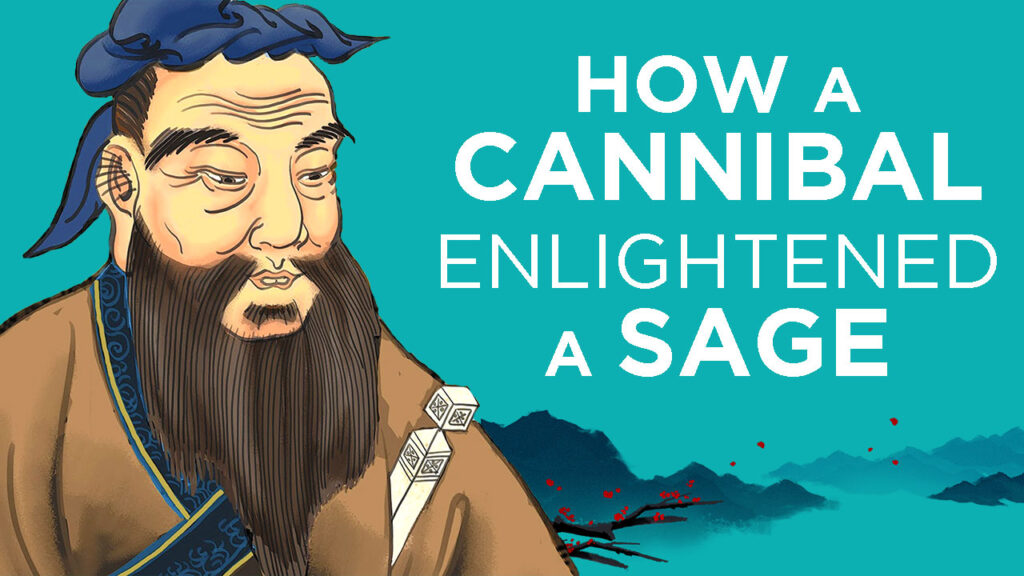
In this episode of Enlightenment Today, I will explain the most shocking spiritual story ever told, found in the Zhuangzi text of Taoism and featuring the cannibal thief Robber Zhi and Confucius. How can a cannibal thief enlighten a sage? Find out more. NOTE: This site directs people to Amazon and is an Amazon Associate member. As an Amazon Associate I earn from qualifying purchases, at no additional cost to you. The pages on this website may contain affiliate links, which means I may receive a commission if you click a link and purchase something that I have recommended. This goes a tiny way towards defraying the costs of maintaining this site.
The Most DANGEROUS Two Sentences in the GREATEST Spiritual Book in the World
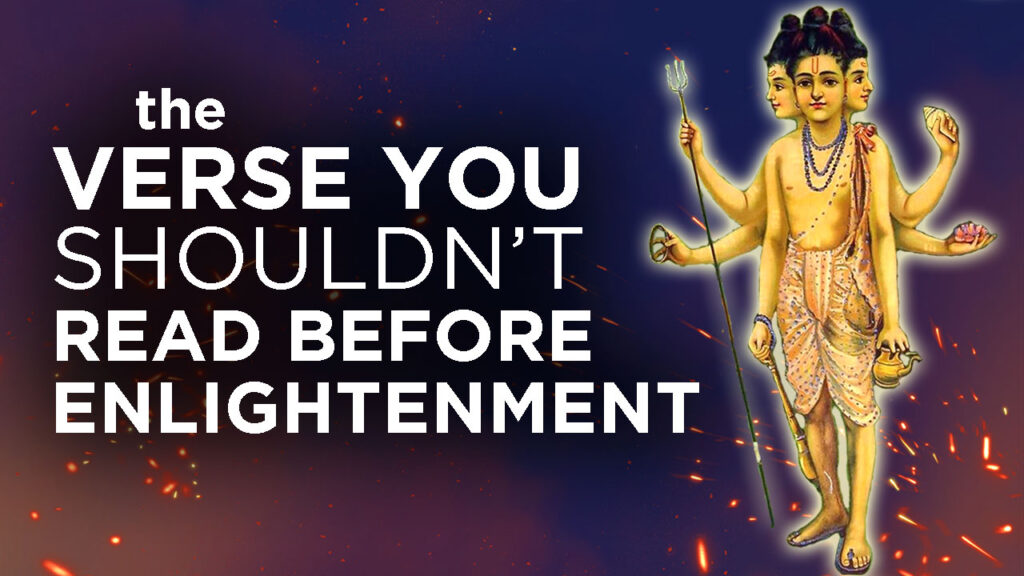
There are two dangerous sentences within the most dangerous spiritual book in the world that shouldn’t be read before enlightenment. This verse is typically reserved for those who have gone beyond the pale of enlightenment. In this episode of The Sacred Word, I will explain an important verse from the Avadhuta Gita, a text one is ready to assimilate after enlightenment. The Avadhuta Gita is for those to absorb oneself in the presence of the Ultimate Reality after awakening. AVADHUTA GITA TRANSLATIONS DATTATREYA’S Song of the AVADHUT Translated by Swami Abhayananda https://amzn.to/3VBKcE5 AVADHUTA GITA Translated by Swami Chetanananda https://amzn.to/3VYOQfu NOTE: This site directs people to Amazon and is an Amazon Associate member. As an Amazon Associate I earn from qualifying purchases, at no additional cost to you. The pages on this website may contain affiliate links, which means I may receive a commission if you click a link and purchase something that I have recommended. This goes a tiny way towards defraying the costs of maintaining this site.

